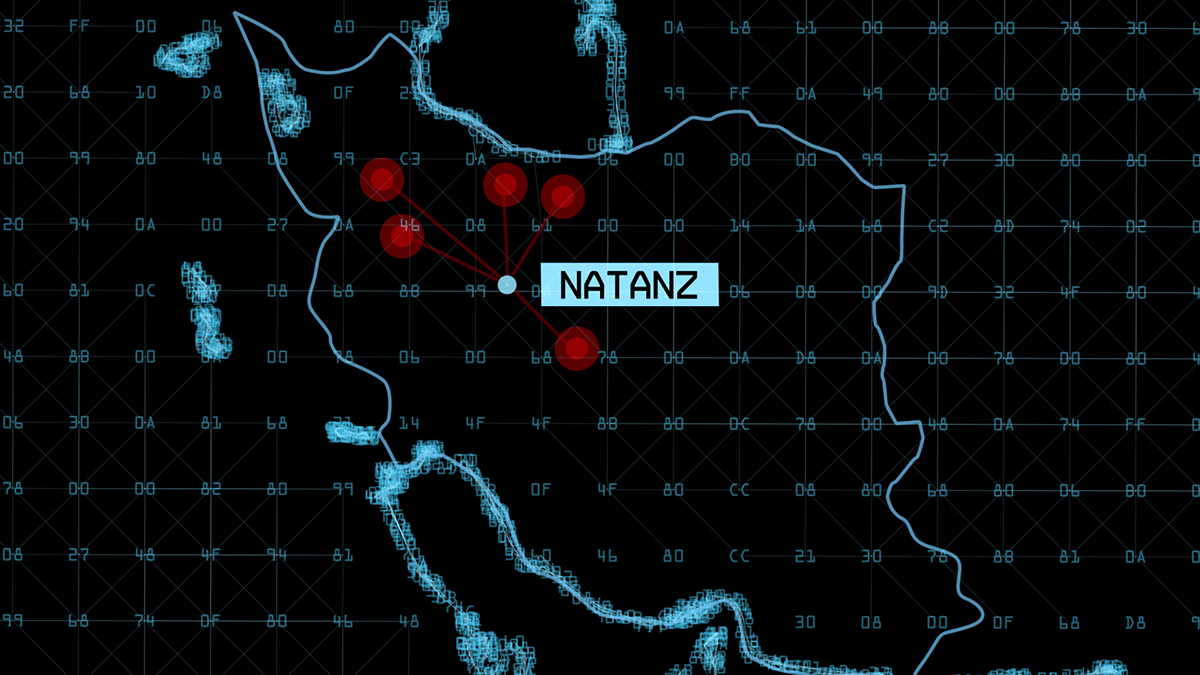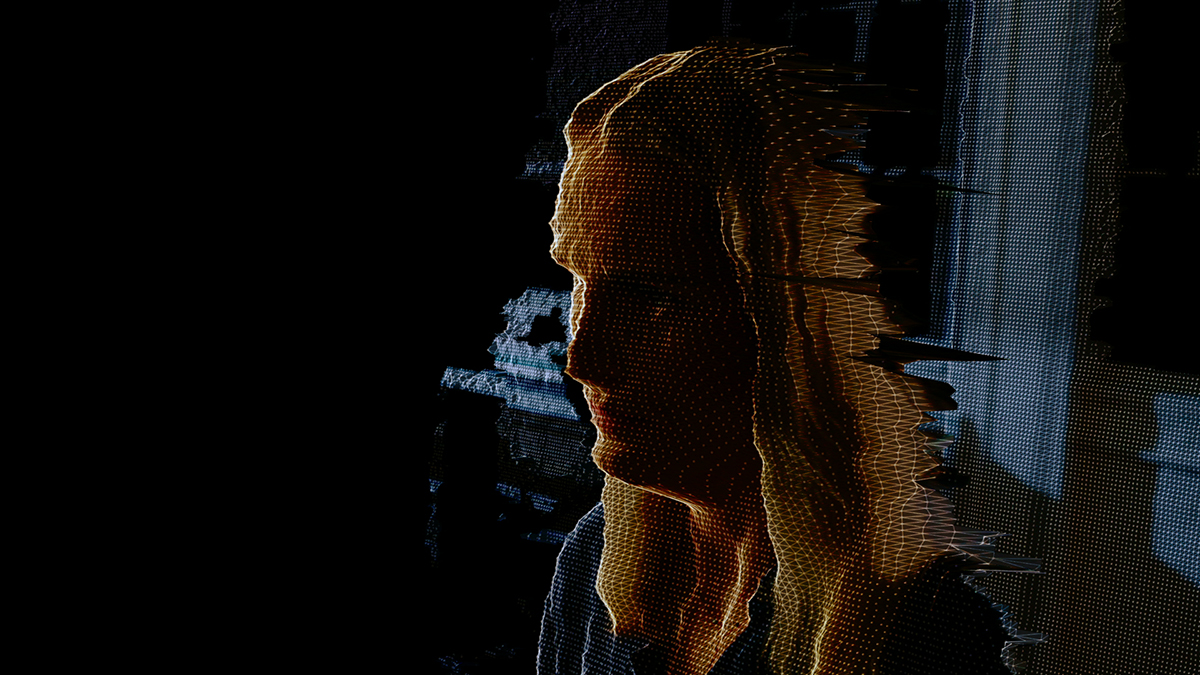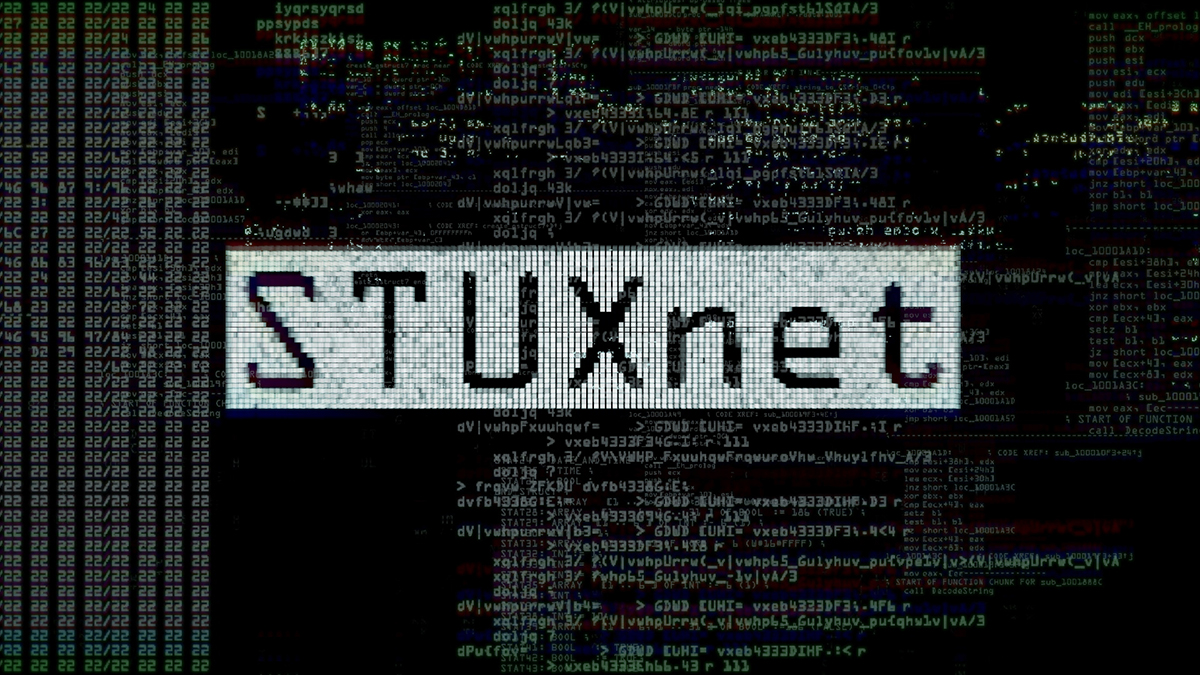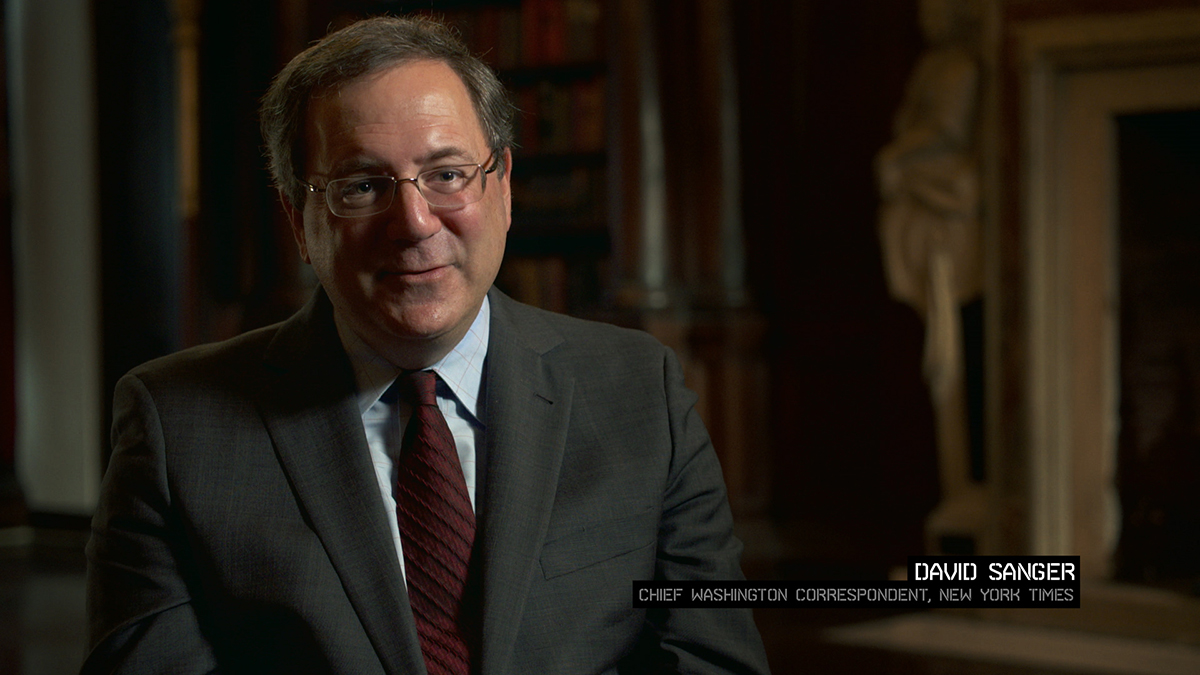Zero Days, the newest offering from prolific director Alex Gibney, advertises itself as a documentary thriller — a real-life WarGames complete with intrigue, assassinations and high-stakes computer hacking. Centered on Stuxnet, a top-secret cyberweapon developed by the U.S. and Israeli governments to cripple Iran’s nuclear program, the film tells the story of how Stuxnet “went viral” in the truest, least “funny cat video” kind of way.
Gibney’s film makes a strong argument for why we as an American public should care about covert cyberattacks on foreign nations. But the journey to that point — told through talking heads and ominous technical visualizations — is a disjointed and strident one that may leave viewers feeling paralyzed, if not frantically typing “How do I get off the grid?” into their nearest search engines.

The malicious (and still classified) code’s nascent days began in 2006, when then-President George W. Bush authorized a project to remotely and anonymously sabotage Natanz, Iran’s nuclear enrichment facility, with the goal of delaying the nation’s ability to build nuclear weapons. In collaboration with Israel’s cyber unit, the National Security Agency wormed the earliest versions of Stuxnet inside Natanz in 2008.
The code specifically targeted the facility’s centrifuges, causing the spinning cylinders to self-destruct while sending “all good” reports to the facility’s control computers. After successful attacks at the end of Bush’s presidency, Obama reauthorized the program when he entered office. Stuxnet continued to wreak maddening havoc on Natanz. Nuclear scientists and engineers were fired. Hundreds of centrifuges were taken out of commission. No one could determine what was going wrong.

Then, in 2010, Stuxnet broke loose from Natanz, infecting computers around the world without even a download or a click (a hacking capability termed “zero-day” for the amount of notice one receives before a system succumbs). The top-secret cyberweapon became the object of intense fascination for security analysts like Eric Chien and Liam O’Murchu of Symantec Research Labs, who guide the film through the tricky, often technical facets of the project.




